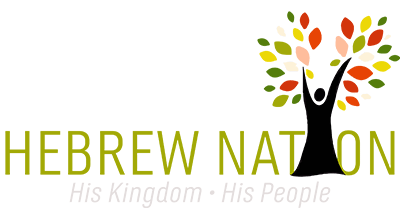What does Damascus have to do with the desert wilderness of Qumran on the northwest shores of the Dead Sea?
Damascus in Genesis 14:15 is more than just an ancient city in the Land of Aram (“Syria”). In the previous episode in this Dead Sea Scrolls series, I presented one possible reason why the infamous Qumran Community of the Dead Sea called their settlement “Damascus.” In Hebrew, it is uniquely likely to join the two Hebrew words 1) doleh = he who draws out and 2) mashkeh = a water source from a well to quench one’s spiritual thirst. When put together, the two words give us a concept that relates nicely to the biblical theology of salvation and the Water of the Word. But, I think there is more to this ancient term, and we’ll have a look at another reason why the Qumran Community referred to their settlement as “Damascus.”
We will take a deep dive into the biblical prophecy of Amos 5:27, “Therefore I will send you into captivity beyond* Damascus, says YHVH, whose name is Elohei Tzva’ot.”
The Hebrew text is profound because the biblical idea of Damascus relates to captivity and exile, and I think that the Scribe or Scribes who wrote the Scroll of the Covenant of Damascus (CD-B, 4Q267, Fragment 2) and Rule of the Community (the Manual of Discipline) had some deeper insight into this matter. They had eyes to see Damascus and captivity as a Death and Resurrection prophecy of the coming Messiah. A spiritual dimension of captivity remains unseen to the human eye. Nevertheless, it is still a real place of deep darkness and death.
The concept of Paul’s blinding Damascus Road experience was not unique to him in Acts 9. Others have traveled that road, including Abraham, who went through one in Genesis 12:1. Also, Jacob walked that road in Genesis 32. In the days of Yeshua, Cephas (Peter) also traveled that road in Matthew 26:75. Indeed, every one of us must have our own Damascus Road Experience if we ever hope to expect to cross over from captivity to freedom, from death to life, from slavery to redemption.
Join me on today’s program, and we will study this out together. In the next episode, I will continue with the ideas that I present here.
Podcast: Play in new window | Download
Subscribe: Apple Podcasts | RSS





